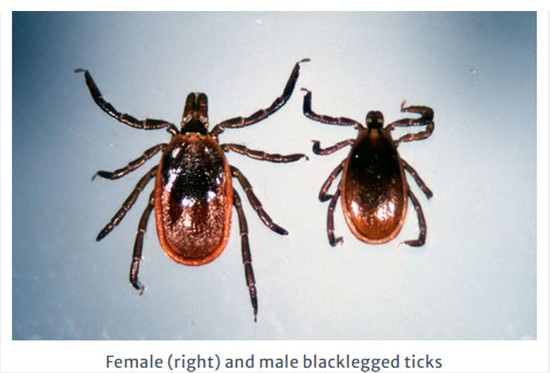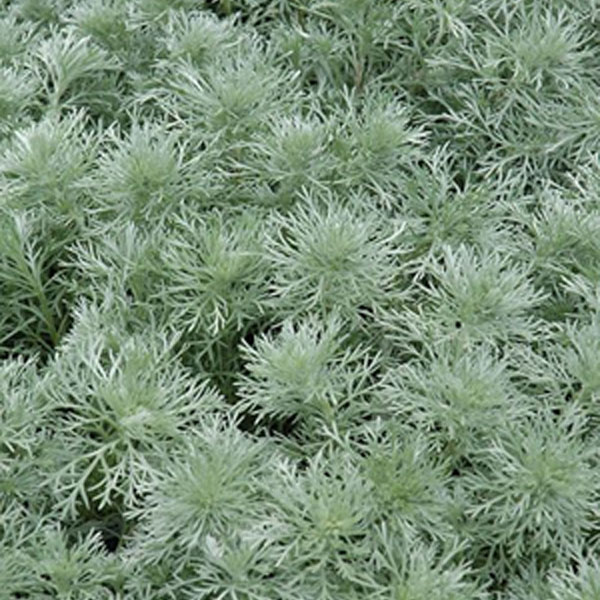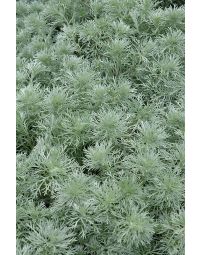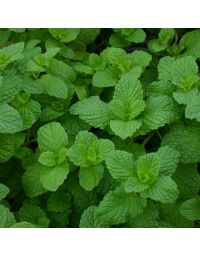Bugged by ticks? You are not alone. Lyme disease is carried by a blacklegged tick (Deer Tick). According to the Minnesota Dept. of Health, about 1 in 3 adult blacklegged ticks and 1 in 5 nymphs (immature) ticks are infected with Lyme Disease. Risk of bites from these ticks is highest during spring, early summer and fall. While that seems scary, keep this in mind: The tick must be attached for at least 24 to 48 hours to transmit the bacteria. AND these specific ticks are generally found in wooded or brushy areas.


Still, no one likes a tick on them. I get the creeps just thinking about them. There are some great plants to consider placing in your landscape to help naturally repel them!
Mind you, this is not the only preventive measure you should use but rather an aesthetically pleasing way (and fragrant) to add further protection for yourself, your family and your pets in your landscape. Long pants and tall socks are good idea in wooded areas!
Let’s get to the plants and what makes the ticks take a leave! Generally fragrant plants are annoying to many insects.
- Annual Geraniums are a seasonal staple and ticks hate them. It contains geraniol which is repugnant to ticks but pleasant smelling to humans. NOTE: geraniums are toxic to pets.


Zonal Geraniums
- Marigolds also emit a fragrance that repels ticks while its flower petals are edible to humans! Often planted around vegetable gardens, marigolds come in a myriad of colors and sizes.


Marigolds
- Lavender is at the top of the detestable list to deer ticks but humans love it. Delicate, fragrant flowers are often dried and used in arrangements or added to a number of dishes.


Lavender
- Perennial Wormwood aka Artemisia is also a tick repellent. One of my favorites is called ‘Silver Mound’. Every time my mom walked by it, she had to touch it for its softness! It contains absinthin, a bitter compound that’s not tasty to ticks or their hosts, deer.


Wormwood ‘Silver Mound’
- Mint may be invasive, but its strong scent repels ticks. Plant it in pots and surround yourself with that wonderful scent. In fact there are many kinds of mint to enjoy!
- Perennial Chrysanthemums contain pyrethrin, a natural insecticide. Ticks can’t take it!


Chrysanthemum ‘Yellow Quill’
Links to more information:
- Minnesota DNR on protecting yourself, tick removal and more.
- University of MN Extension on identifying ticks and more.
- Tick Check Challenge
- Garden For Wildlife offers more information on Natural Pest Control for Gardens
To a tick-free garden,










